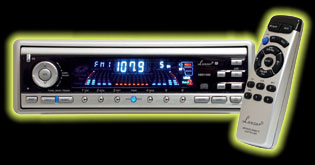so i've got a vbd1400 head unit
manual > http://www.lanzar.com/manuals/VBD1400.pdf

a vibe 418 amplifier
manual > http://www.lanzar.com/manuals/Vibe218-228-238-248-258-268-418-428-438.pdf

on the head unit i only have one output rca for the subwoofer so i made a rca splitter for the amp
plugged it to ch 1 & 2 of the amp (the amp doesn't have L & R etc)
i have 2 12" subs but of course only one is powered up so i assume that because i only have one output from the head unit that i then use another set of rca's and go from the line out on ch 1 & 2 and plug into ch 3 & 4 line in?
hope that wasn't too confusing
reason i ask is that i suspect only one of the subs is going but i can't tell coz the subs shake the other subs when going lol
so have i got it wired properly?
here's a pic hopefully this helps lol
manual > http://www.lanzar.com/manuals/VBD1400.pdf

a vibe 418 amplifier
manual > http://www.lanzar.com/manuals/Vibe218-228-238-248-258-268-418-428-438.pdf

on the head unit i only have one output rca for the subwoofer so i made a rca splitter for the amp
plugged it to ch 1 & 2 of the amp (the amp doesn't have L & R etc)
i have 2 12" subs but of course only one is powered up so i assume that because i only have one output from the head unit that i then use another set of rca's and go from the line out on ch 1 & 2 and plug into ch 3 & 4 line in?
hope that wasn't too confusing
reason i ask is that i suspect only one of the subs is going but i can't tell coz the subs shake the other subs when going lol
so have i got it wired properly?
here's a pic hopefully this helps lol

